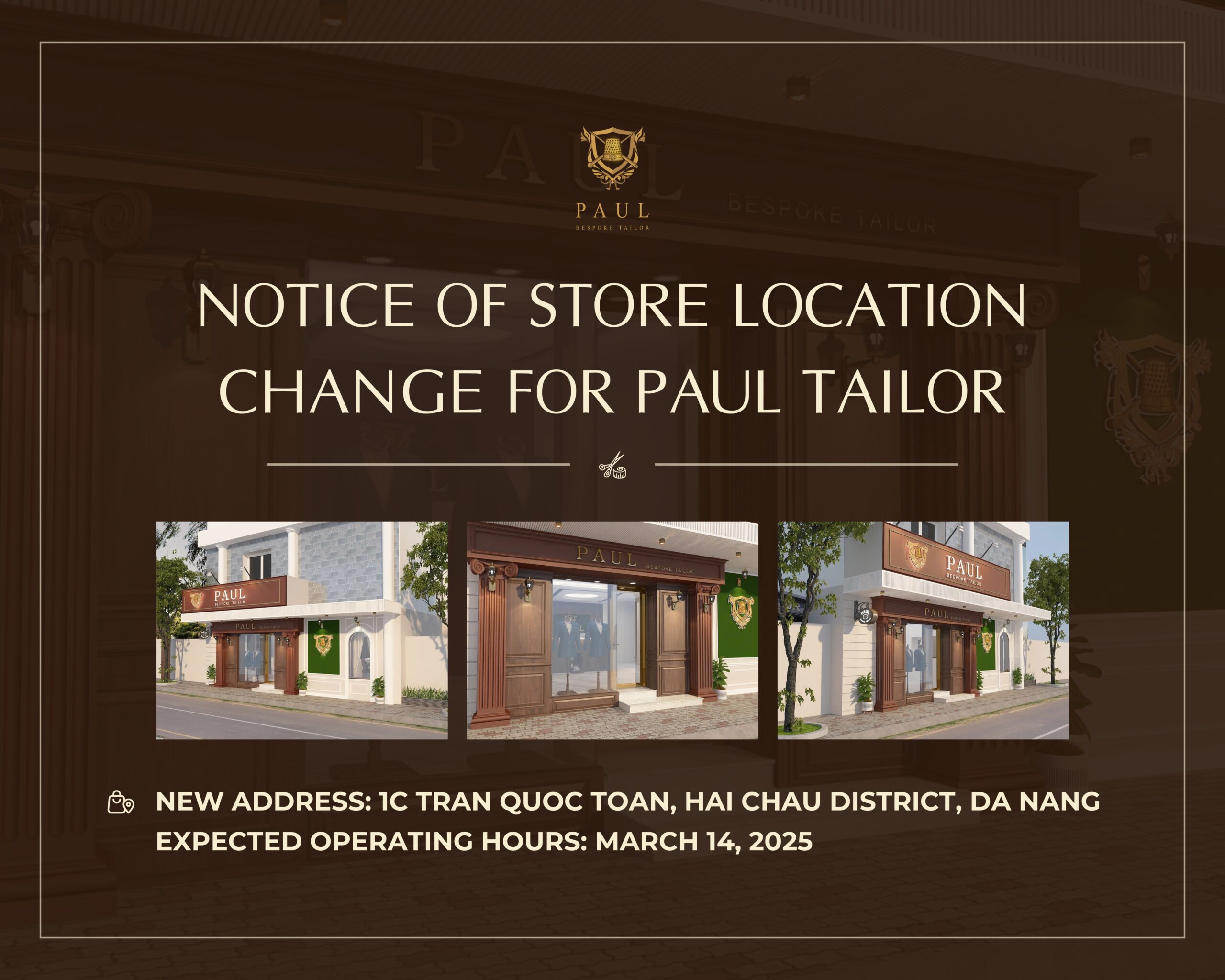Da Nang Train Station – Gateway to Central Vietnam
Da Nang Train Station (Ga Đà Nẵng) is not only one of the key transportation hubs in Central Vietnam but also a meaningful landmark that reflects the city’s growth and dynamism. Since its establishment during the French colonial period, the station has accompanied Da Nang’s journey from a tranquil coastal town to one of the most modern cities in Vietnam. Today, it continues to serve as a bridge, connecting visitors with the country’s most breathtaking destinations while preserving its cultural charm.
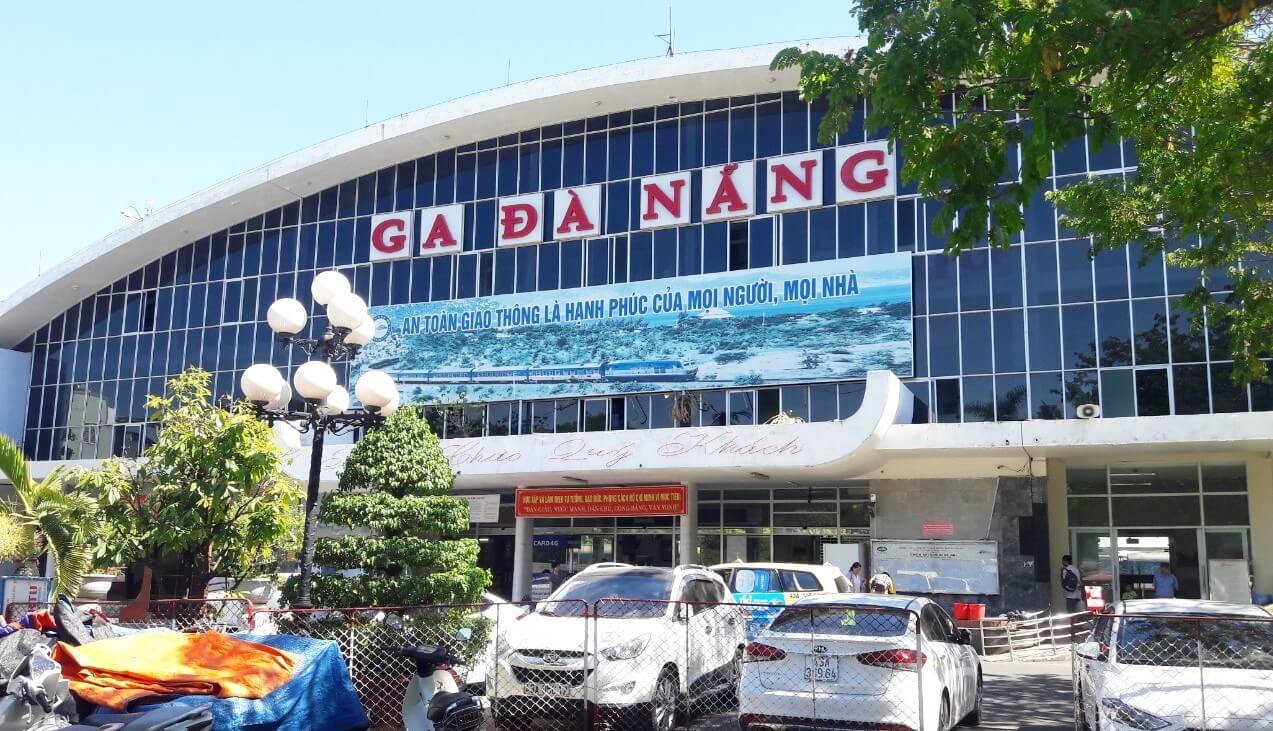
Prime Location in the Heart of Da Nang
Strategically positioned on Hai Phong Street, Da Nang Train Station enjoys a location that makes travel seamless. It lies just a few kilometers from Da Nang International Airport and is within easy reach of the bustling Han River, My Khe Beach, and Dragon Bridge. Whether arriving by taxi, motorbike, or even walking from nearby accommodations, passengers will find the station convenient and well-connected. Its central placement also makes it ideal for combining travel with exploration, giving visitors the chance to immerse themselves in the vibrant rhythm of the city right before or after their train journey.
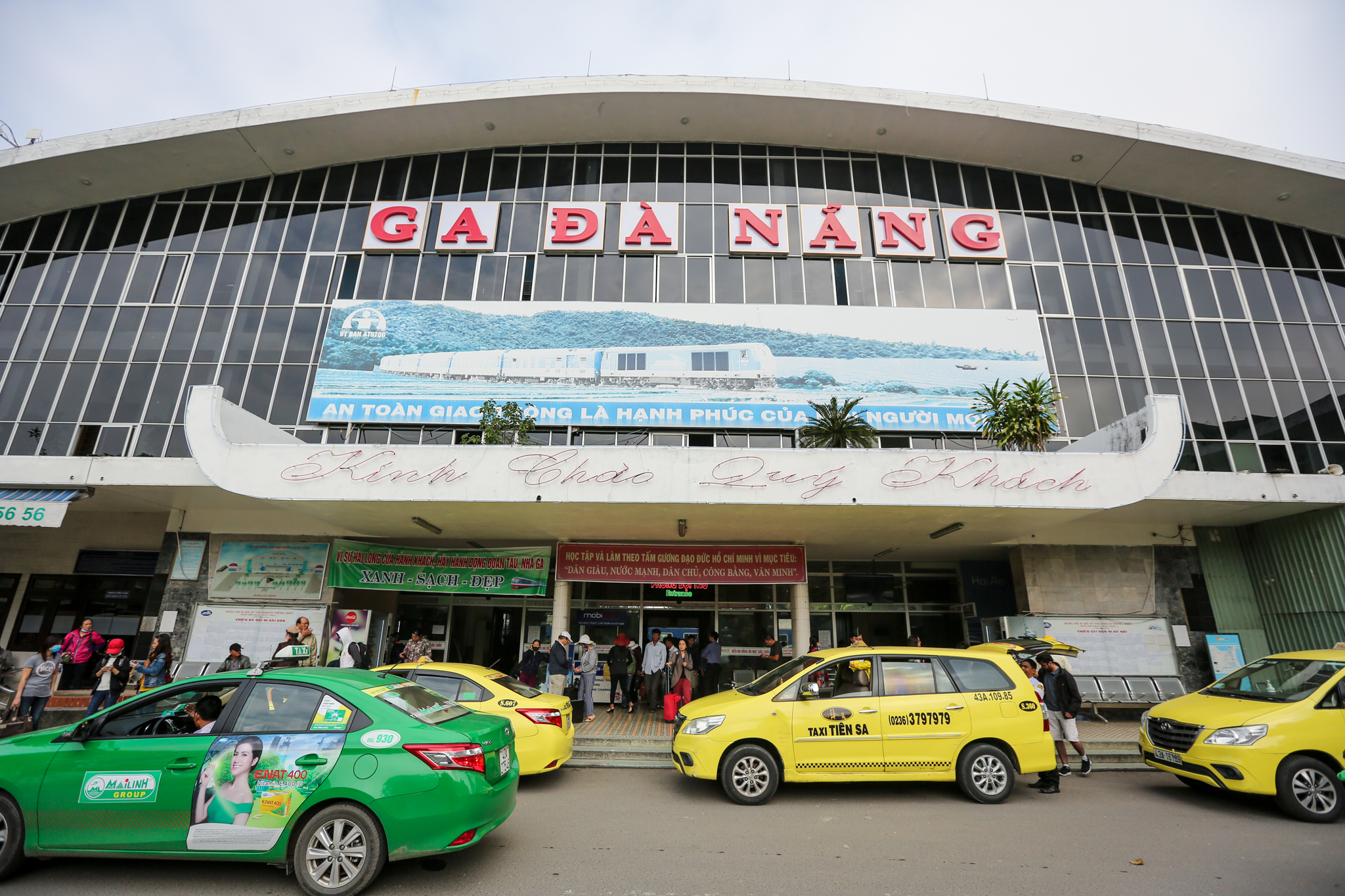
History Blended with Everyday Functionality
Although modest in design, Da Nang Train Station carries with it the weight of history. Constructed during the French colonial era, the building has undergone multiple renovations to better serve the needs of modern travelers, while still retaining the atmosphere of an old-world railway station. Instead of grandeur, the charm of Ga Đà Nẵng lies in its authenticity – from the daily buzz of passengers to the rhythmic announcements echoing through the halls.
Scenic Journeys Begin Here
What makes Da Nang Train Station truly special is not only its location but also the journeys it enables.
Heading north, trains traverse the spectacular Hai Van Pass, where mountains dramatically meet the sea. Often praised as one of the most beautiful railway routes in the world, this ride offers postcard-worthy views that turn an ordinary transfer into an unforgettable experience. In the southbound direction, the train glides past pristine beaches, expansive rice fields, and quaint fishing villages, painting a vivid picture of Vietnam’s coastal life. Each journey feels less like transportation and more like a moving window into the country’s diverse landscapes and cultures.
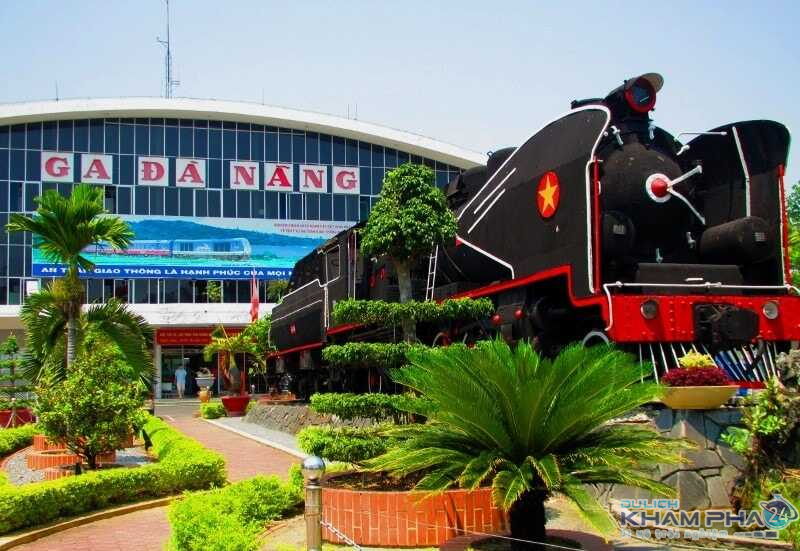
Facilities and Services
Inside the station, the amenities are simple yet sufficient. Passengers can purchase tickets directly at counters or through electronic kiosks, while the waiting areas provide comfortable seating. Small shops and food stalls offer snacks and drinks, creating a chance to experience local flavors before departure. Outside, taxis and motorbike services are always available, ensuring travelers can easily continue their journey within the city. While not as modern as an airport, the station still provides a reliable and welcoming atmosphere for both local commuters and international visitors.
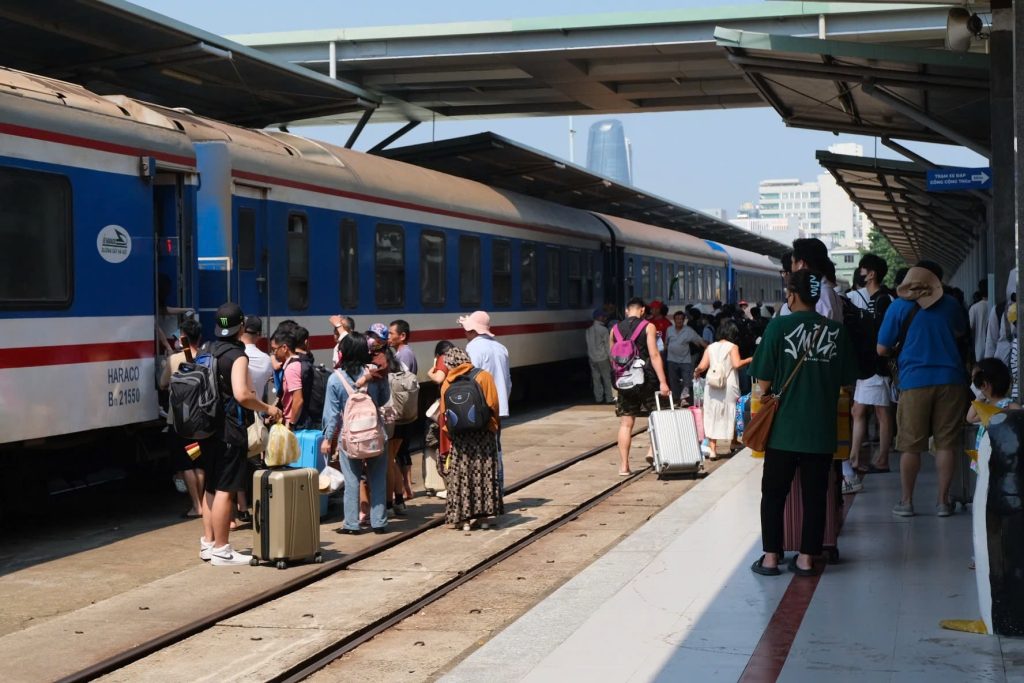
Travel Tips for a Smooth Experience
Travelers heading to or from Da Nang by train can make their trip even more enjoyable with a few preparations. Tickets, especially for popular routes like Da Nang to Hue or Hanoi, should be booked in advance to secure preferred seating. For those who want to soak in the beauty of the Hai Van Pass, choosing a daytime train is highly recommended. Arriving at least half an hour before departure will help avoid the rush of last-minute boarding, and packing light ensures greater comfort, given the limited luggage space on trains.
A Gateway, Not Just a Station
Da Nang Train Station is more than just a transit point, it is a place where journeys begin with excitement and end with memorable experiences. Each train ride that departs from this modest station carries passengers not only to new destinations but also through the stunning sceneries that define Vietnam’s central region. For locals, it is a daily routine; for travelers, it is an introduction to authentic Vietnamese travel culture.







